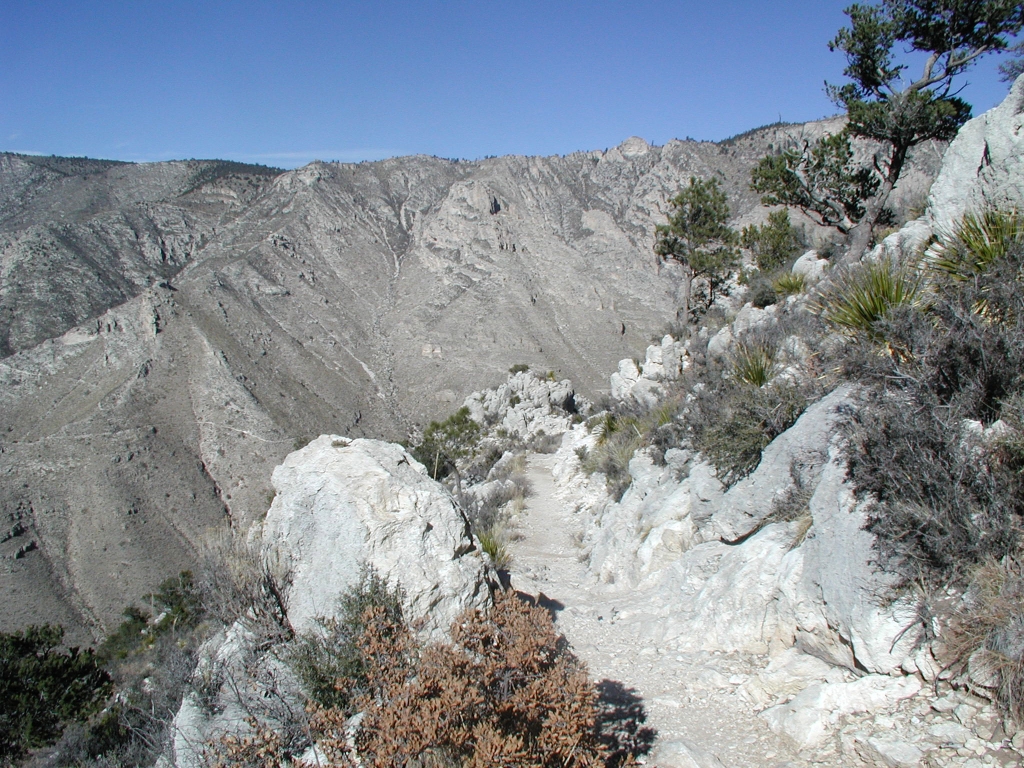
At just over one and a half miles into the hike you'll encounter a major change in vegetation. Here the trail crosses the ridge around to a north-facing slope. North-facing slopes generally receive less sunlight than south-facing slopes, which results in cooler temperatures allowing higher elevation plants to survive. Suddenly you'll see a forest of two-needle pinyon, Douglas fir, ponderosa pine, and a few southwestern white pines.
From this point on the trail is not quite as steep as the first mile and a half. As you climb higher in elevation, watch the skies for the rare Peregrine Falcon. Peregrines have been known to nest in the cliffs above Pine Spring Canyon each spring.
From this point on the trail is not quite as steep as the first mile and a half. As you climb higher in elevation, watch the skies for the rare Peregrine Falcon. Peregrines have been known to nest in the cliffs above Pine Spring Canyon each spring.
Is there something we missed for this itinerary?
Itineraries across USA
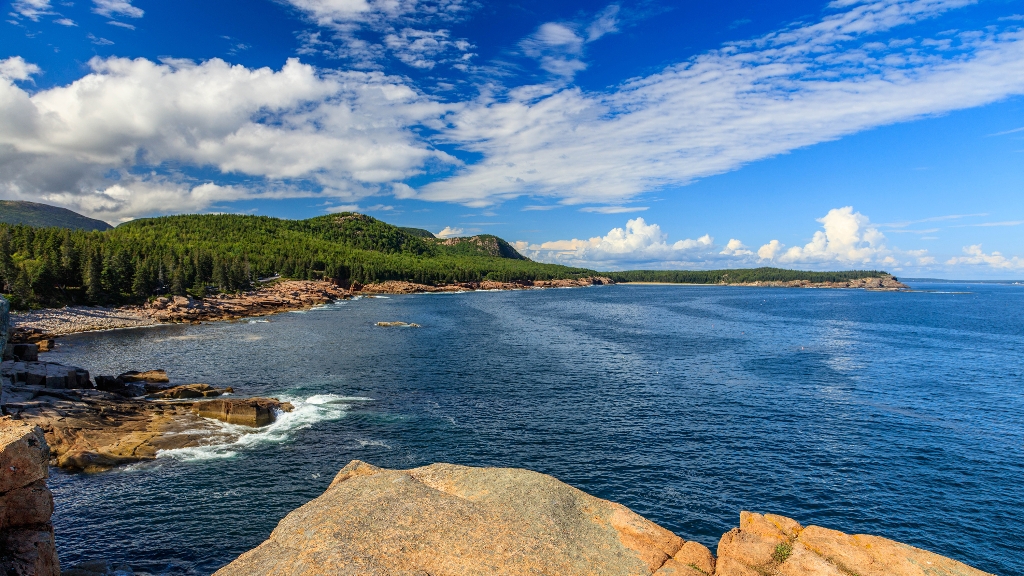
Acadia
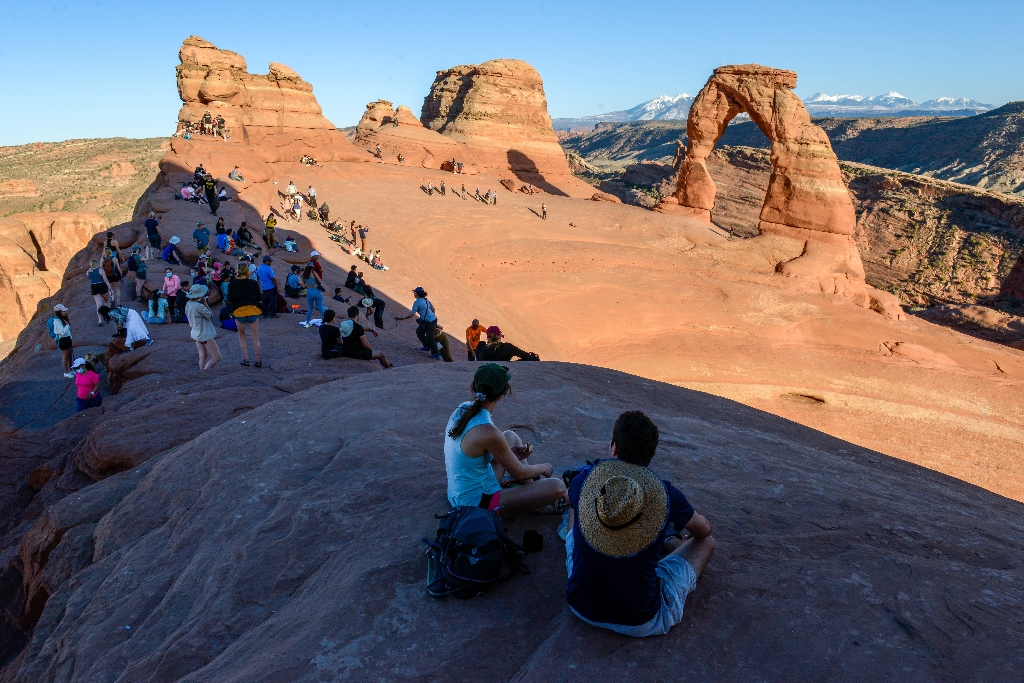
Arches National Park

Badlands
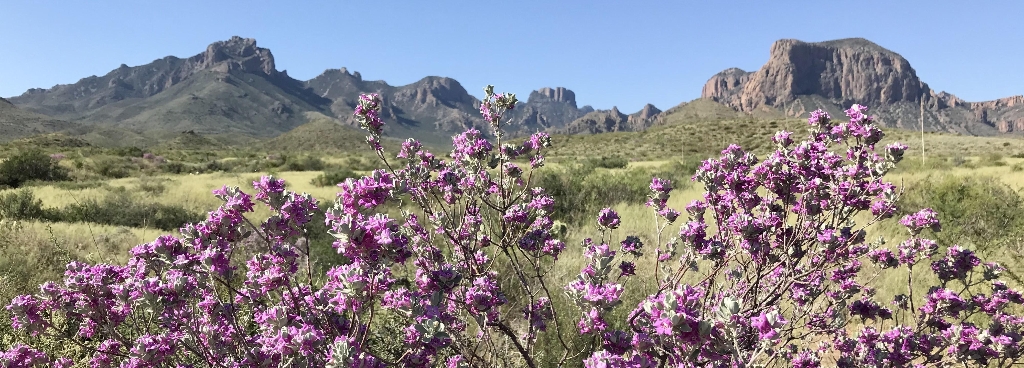
Big Bend
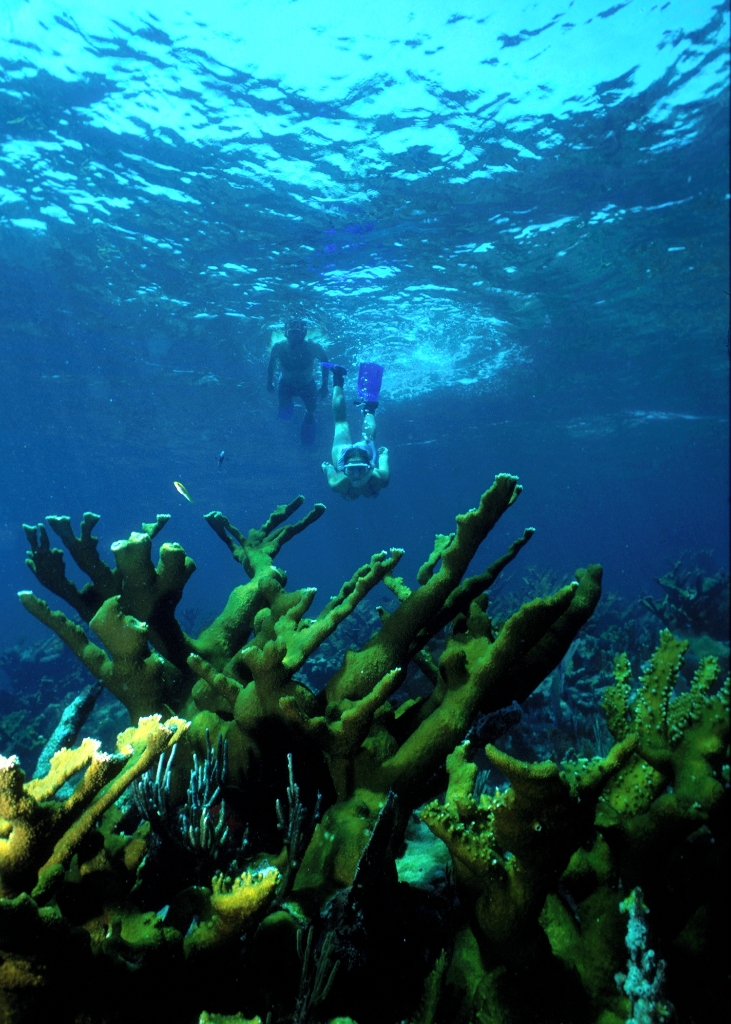
Biscayne

Black Canyon Of The Gunnison
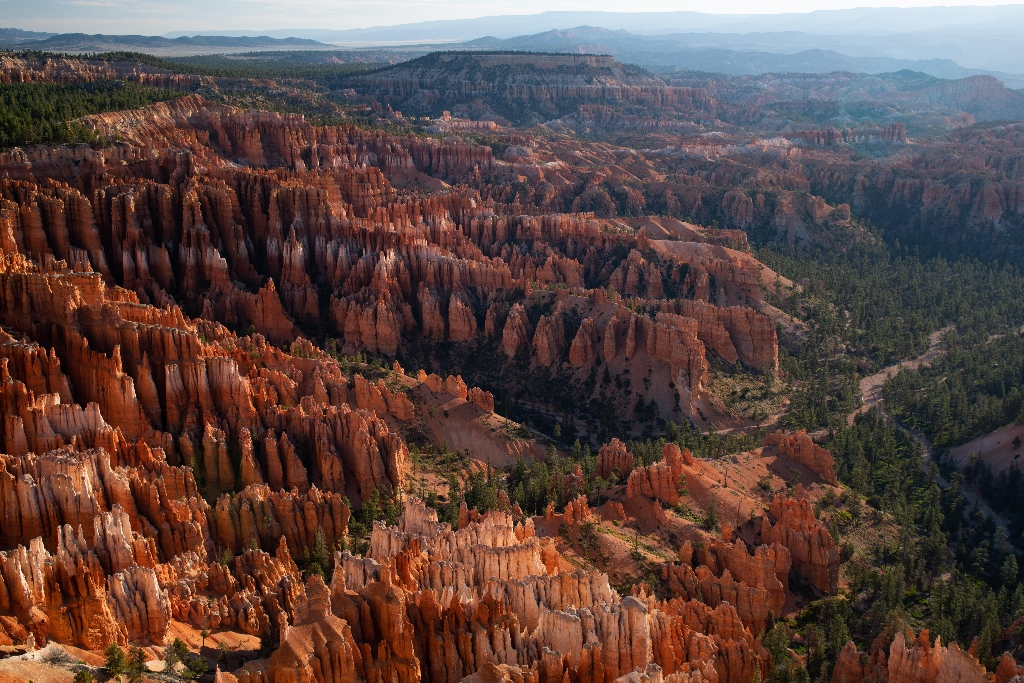
Bryce Canyon
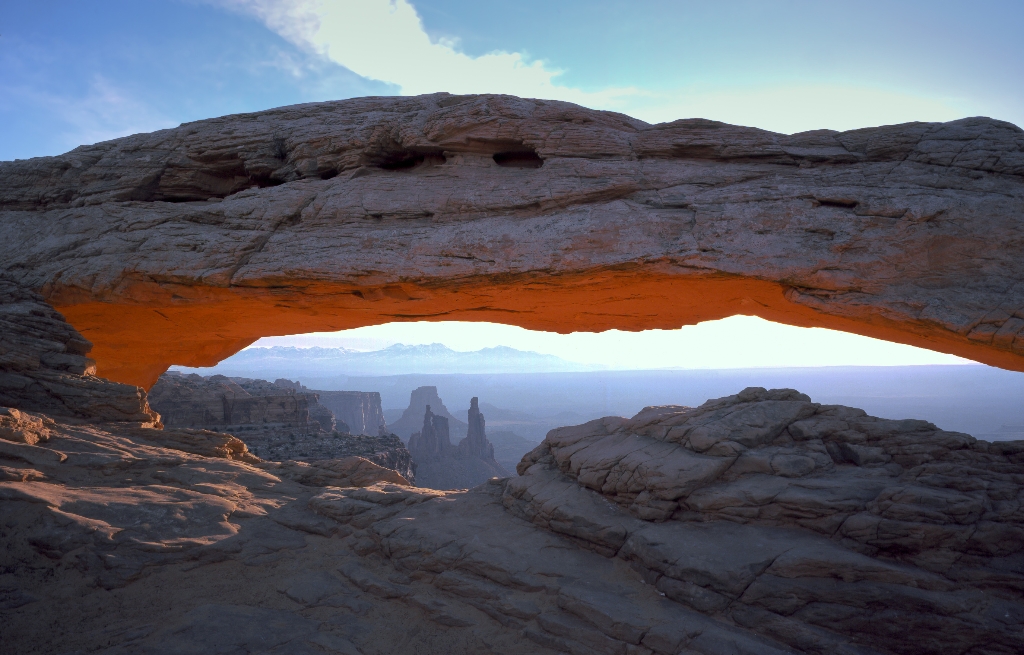
Canyonlands
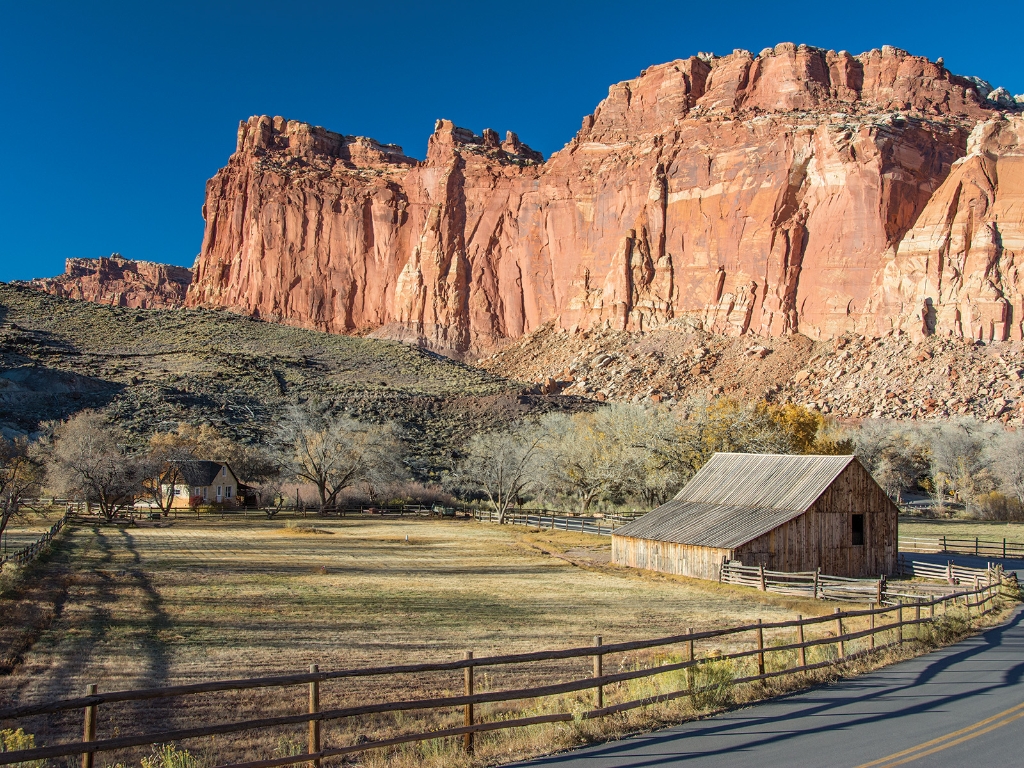
Capitol Reef
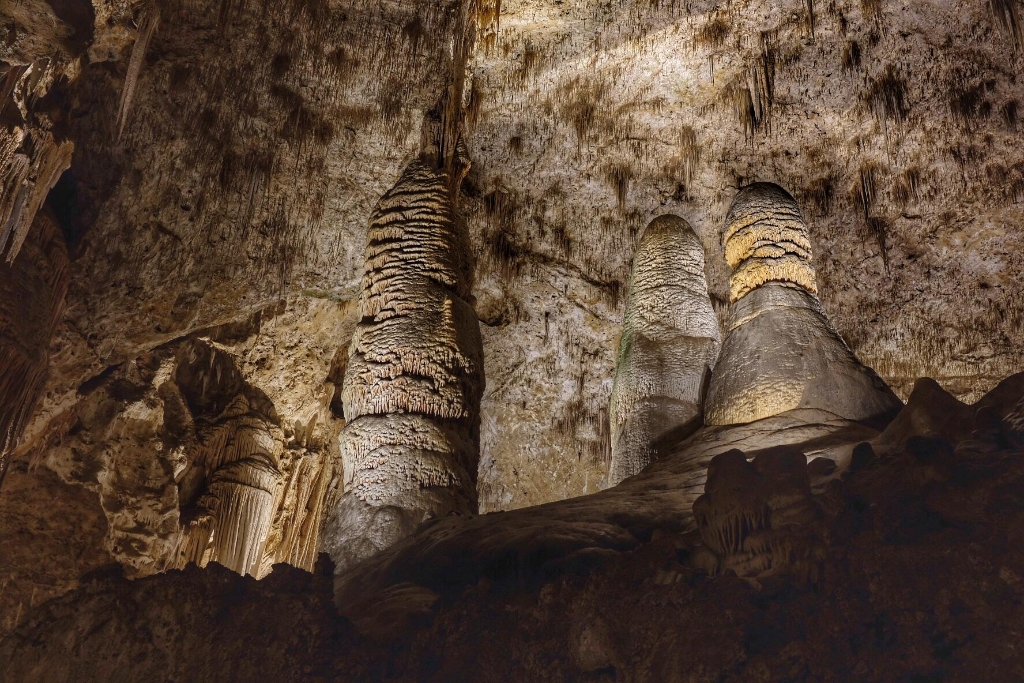
Carlsbad Caverns
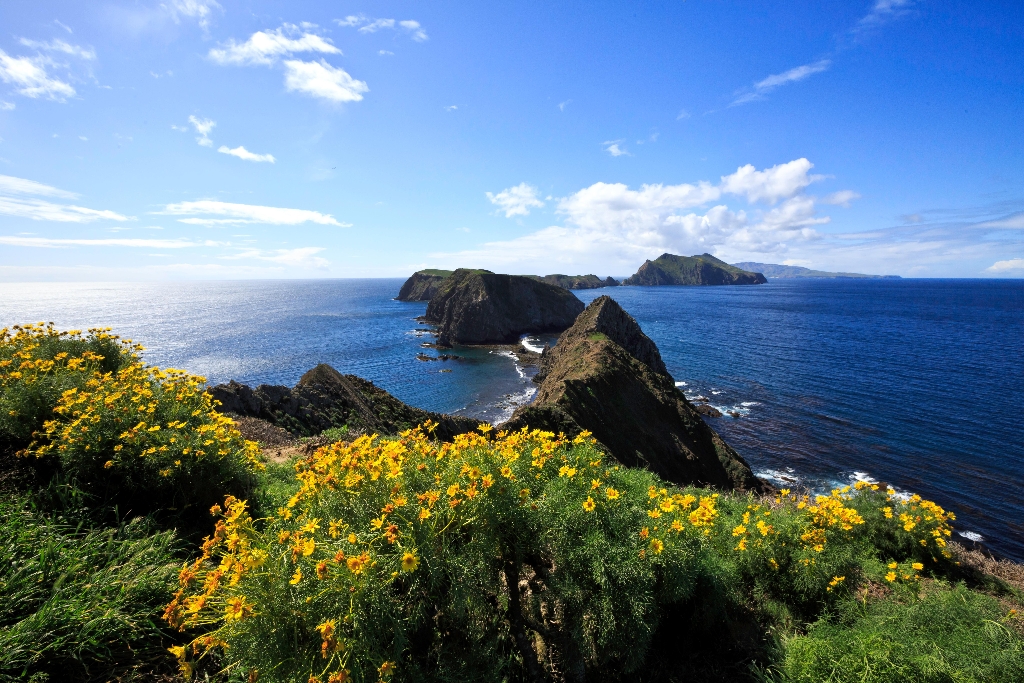
Channel Islands
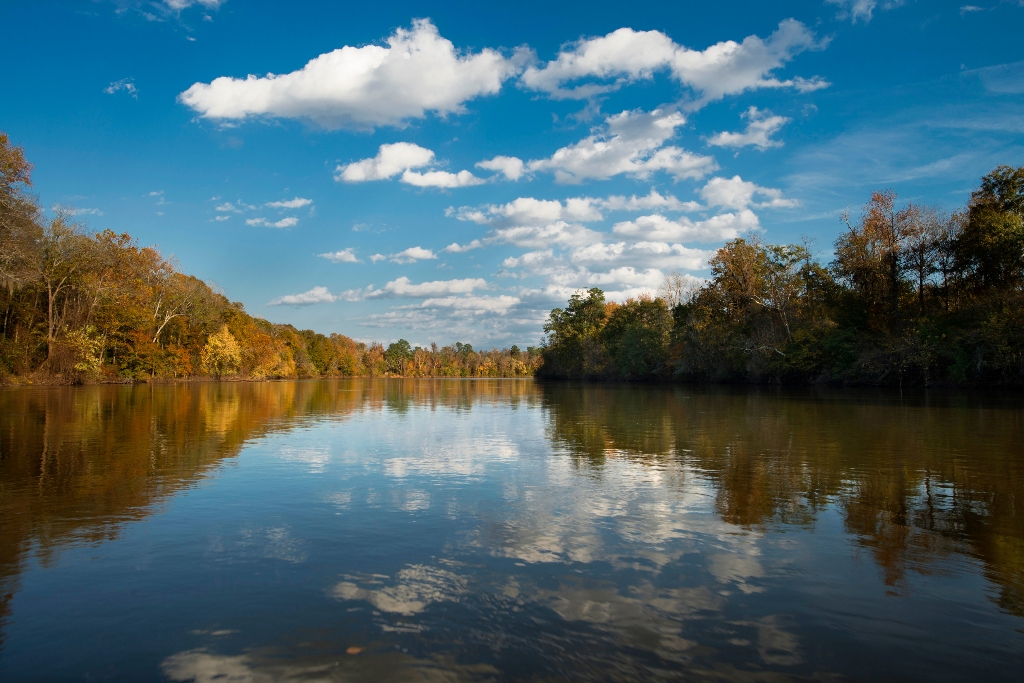
Congaree
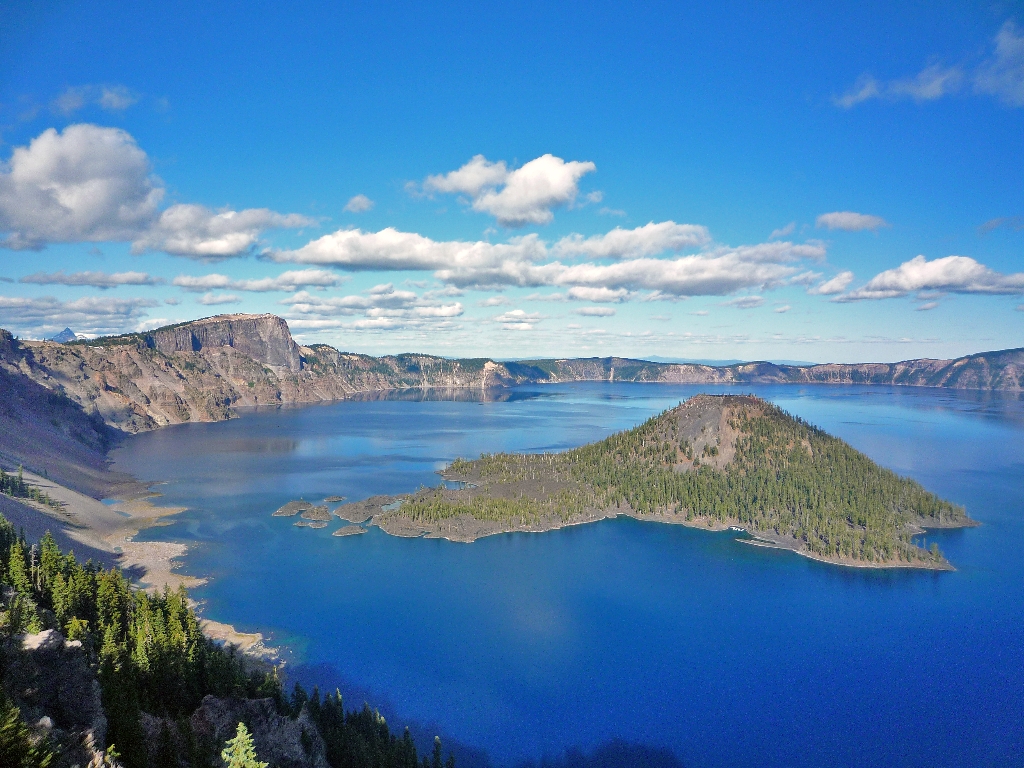
Crater Lake
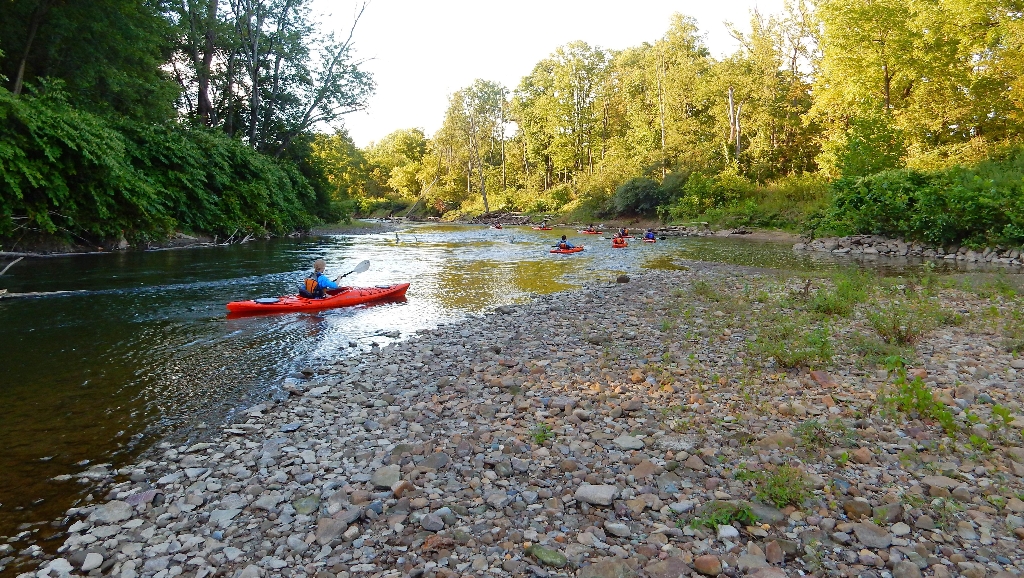
Cuyahoga Valley

Death Valley
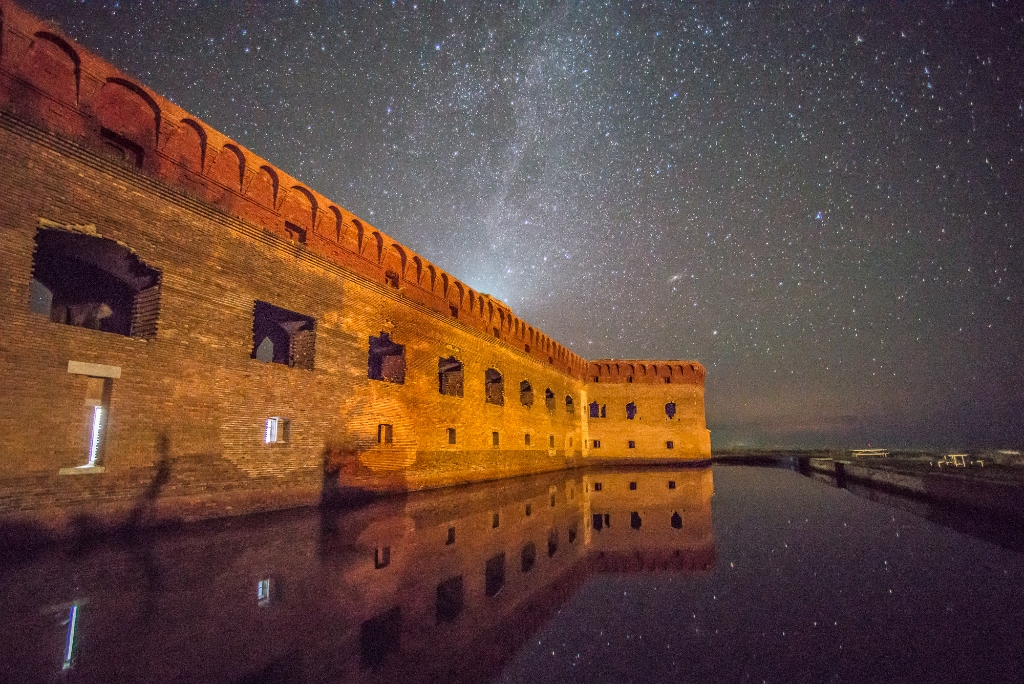
Dry Tortugas
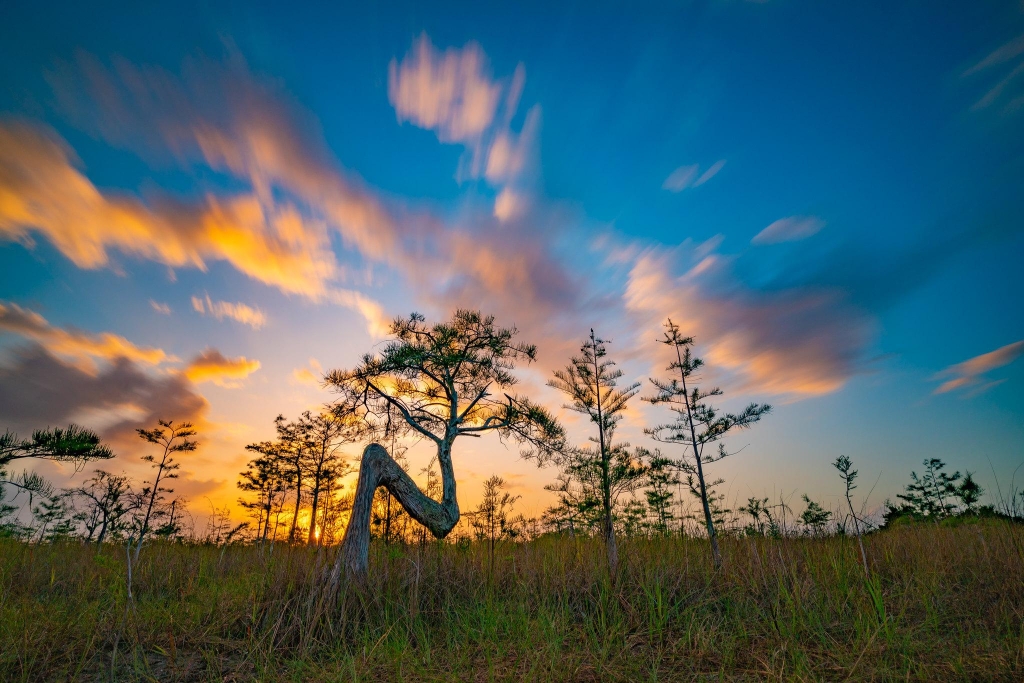
Everglades

Gateway Arch
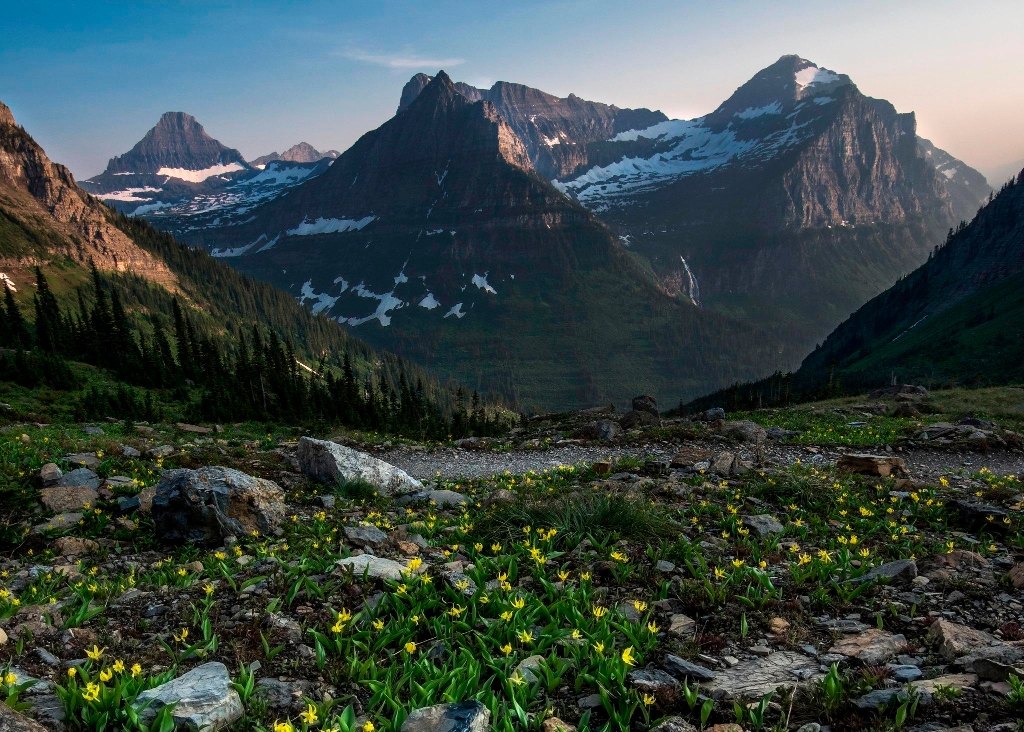
Glacier
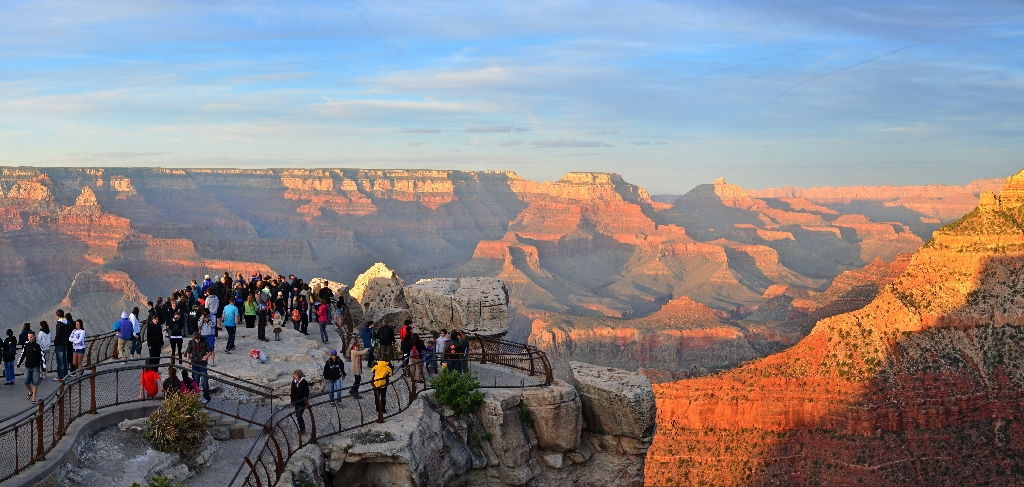
Grand Canyon

Grand Teton
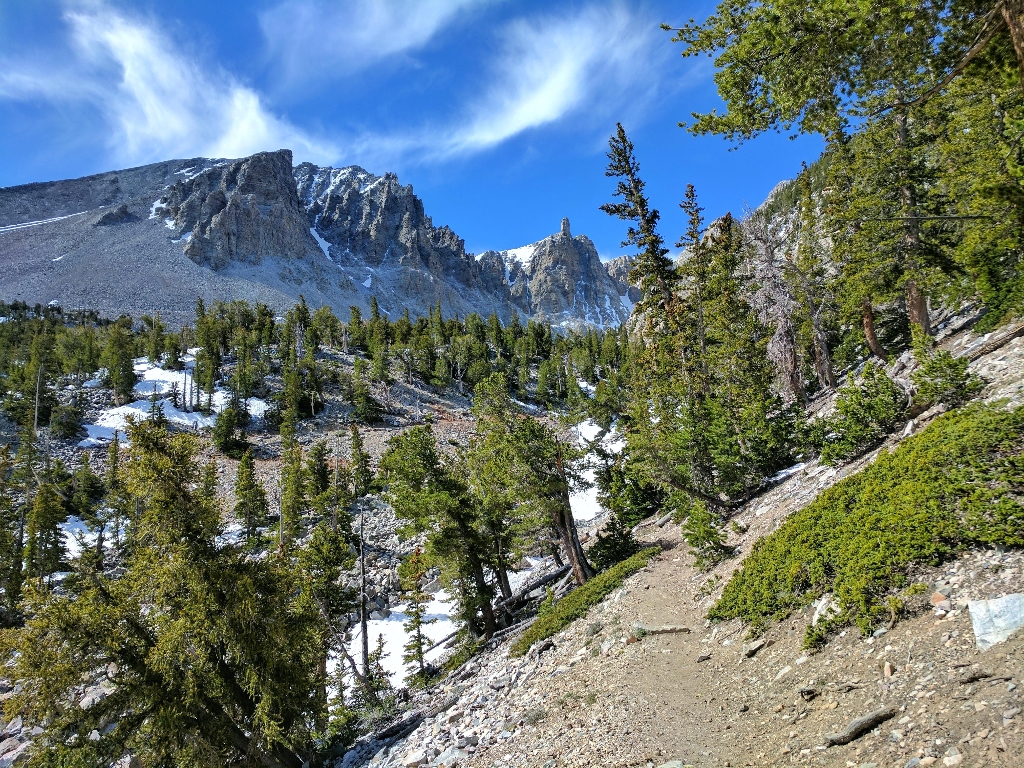
Great Basin
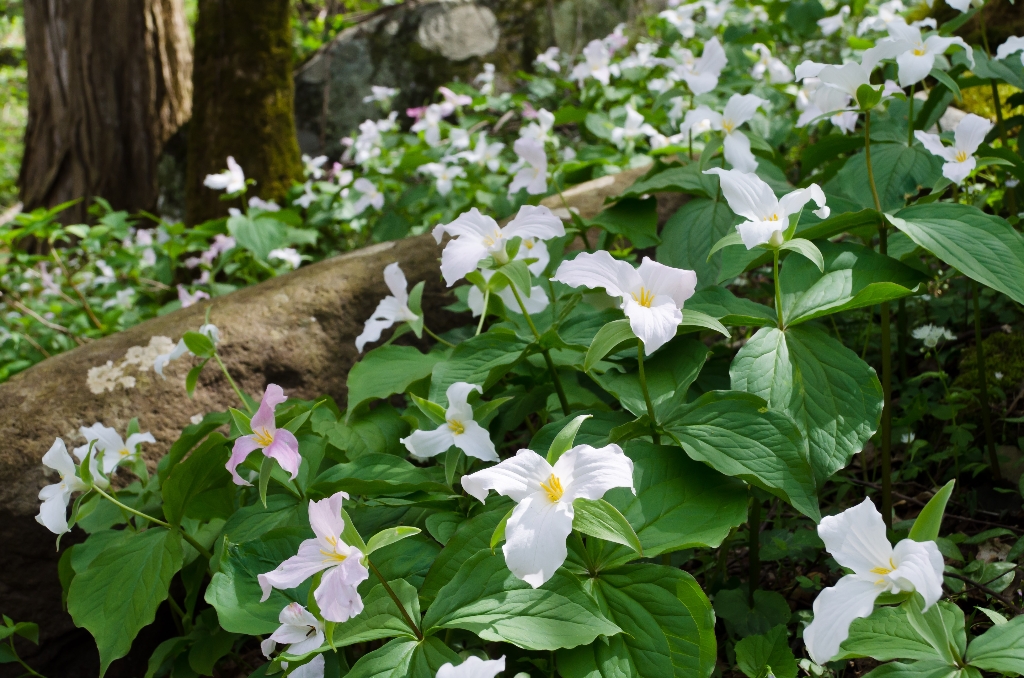
Great Smoky Mountains
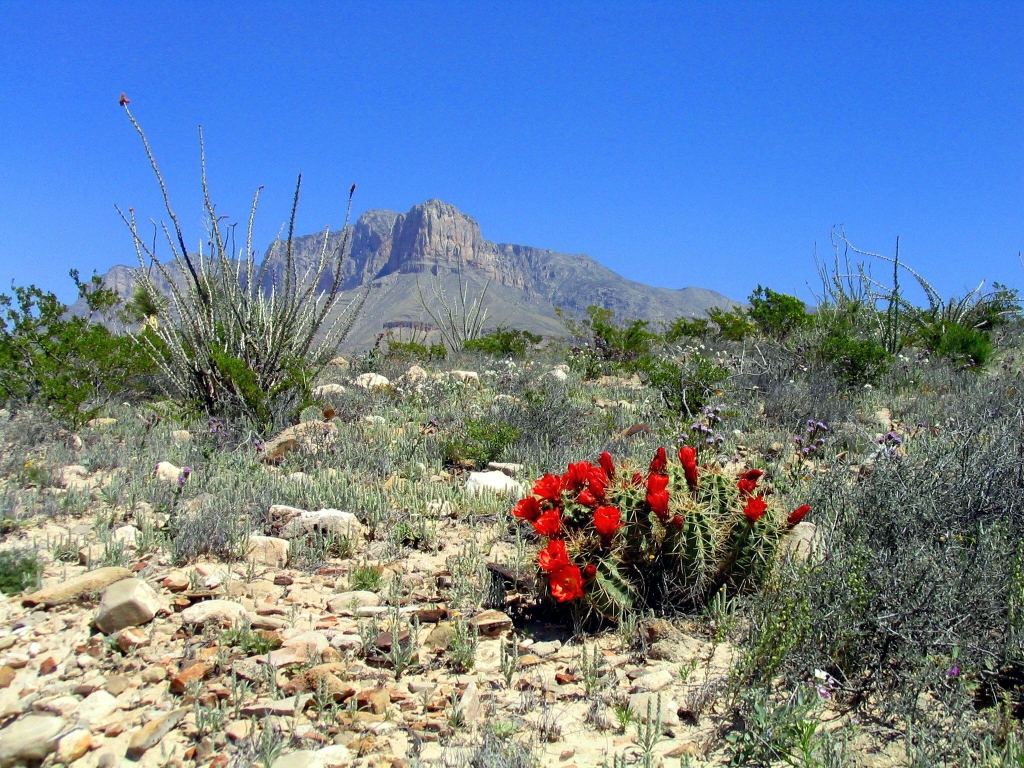
Guadalupe Mountains

Haleakalā
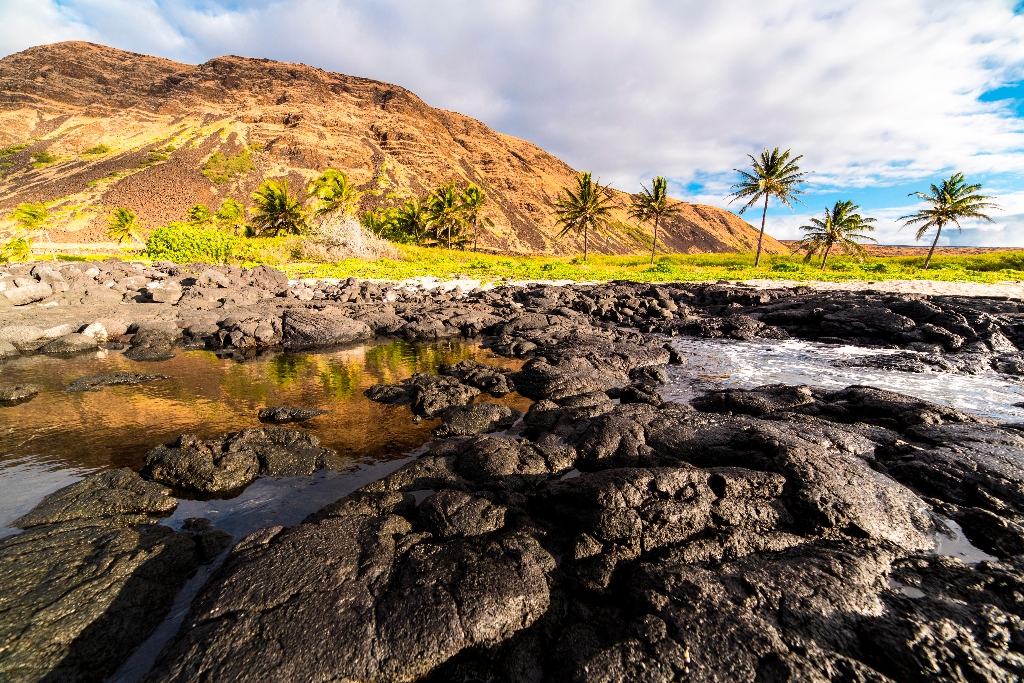
Hawaiʻi Volcanoes
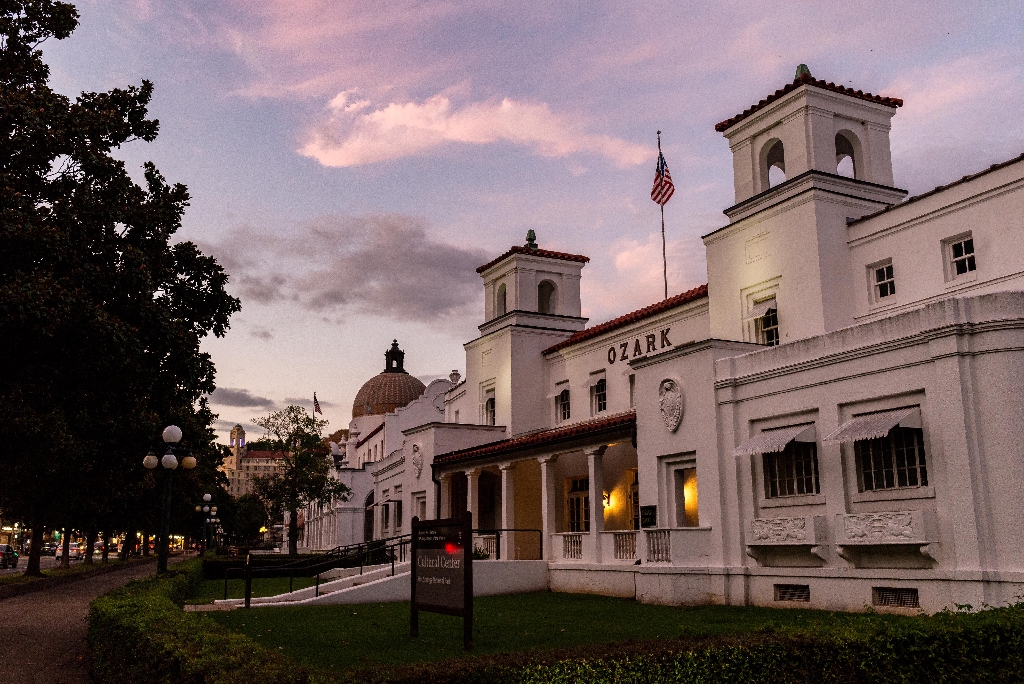
Hot Springs
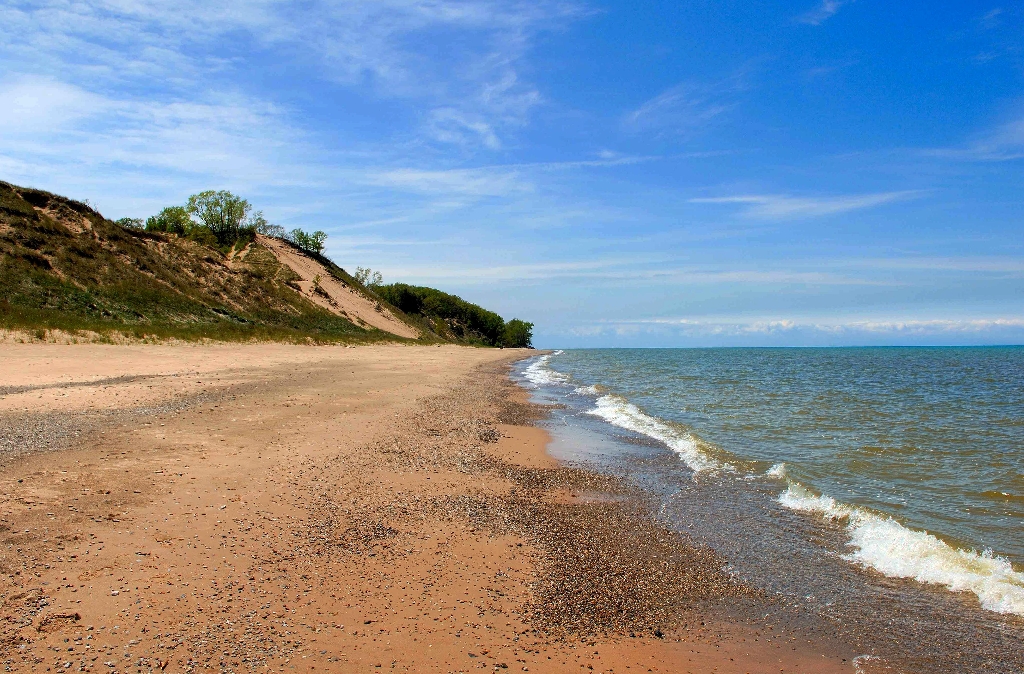
Indiana Dunes
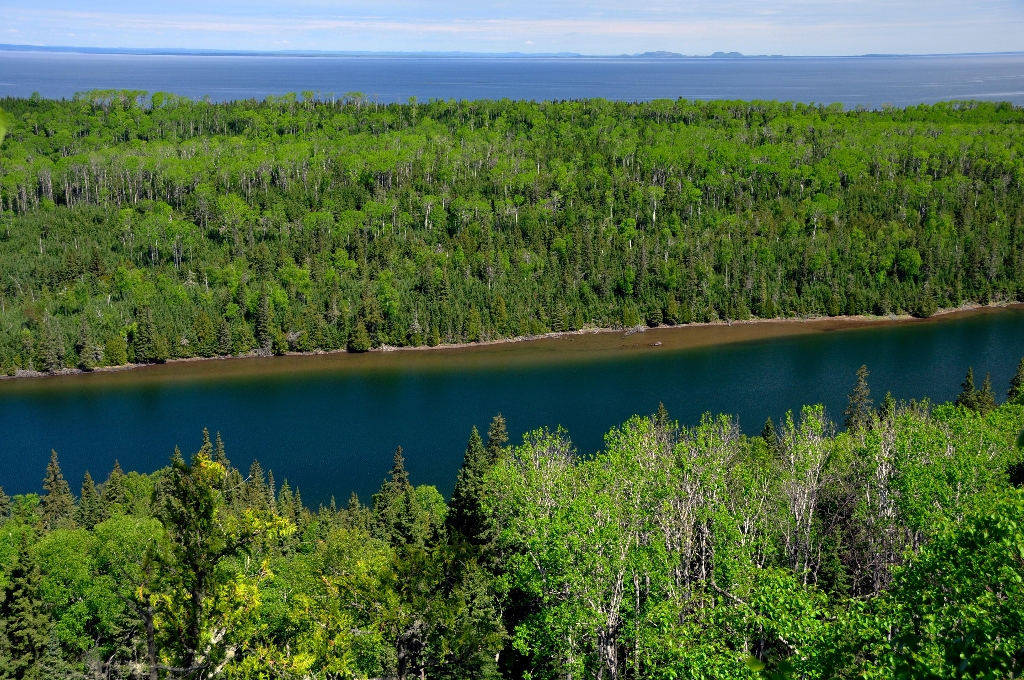
Isle Royale
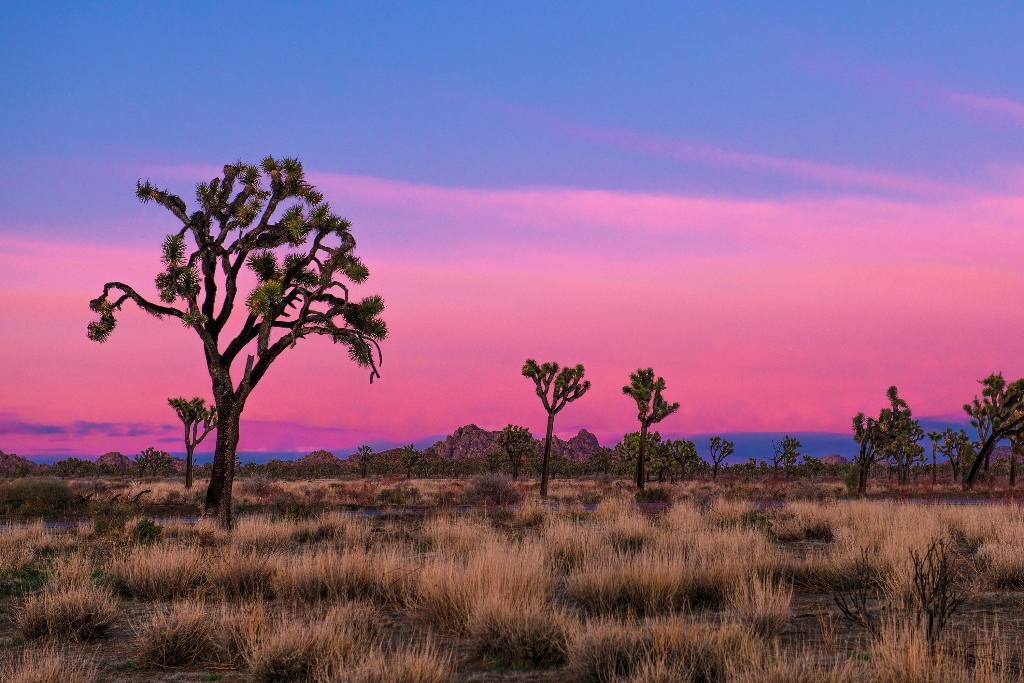
Joshua Tree

Kenai Fjords

Kobuk Valley
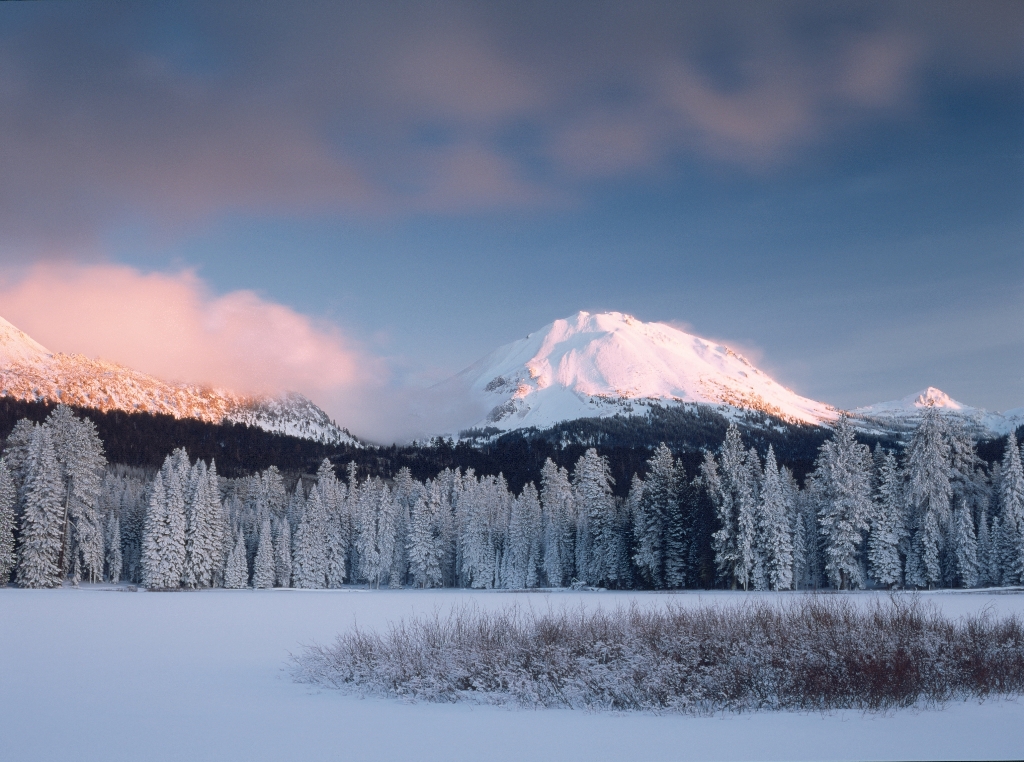
Lassen Volcanic
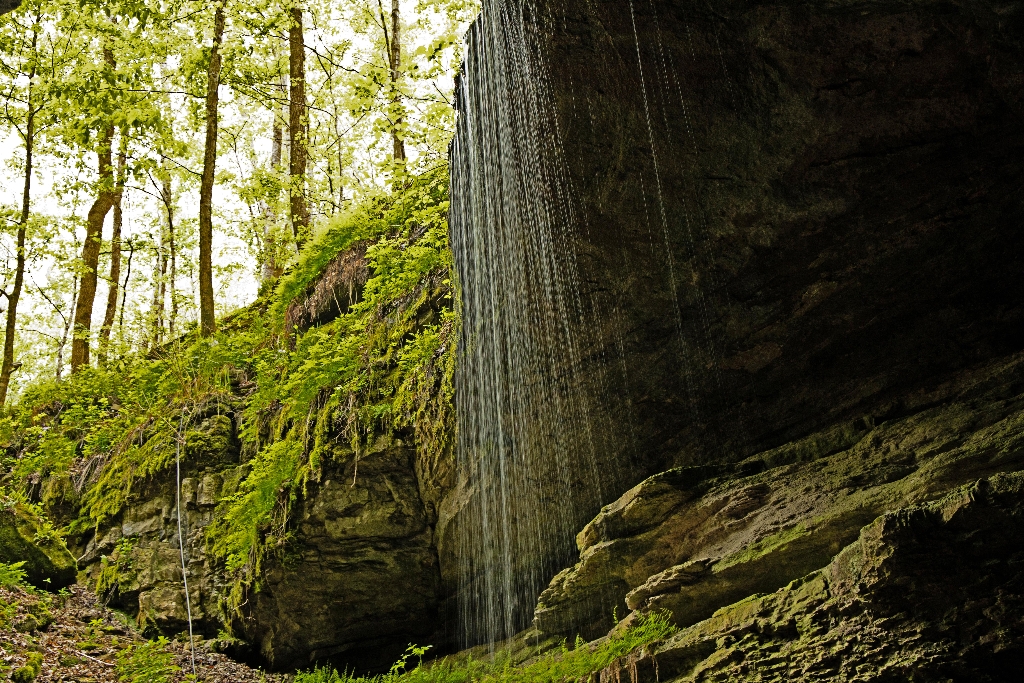
Mammoth Cave
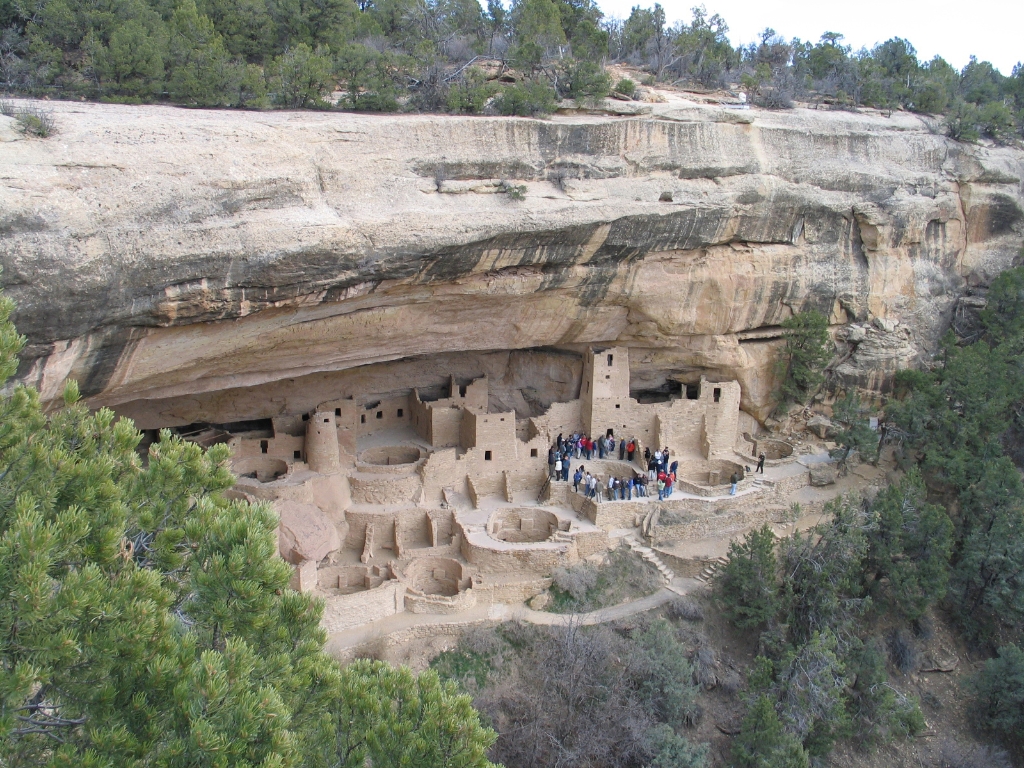
Mesa Verde
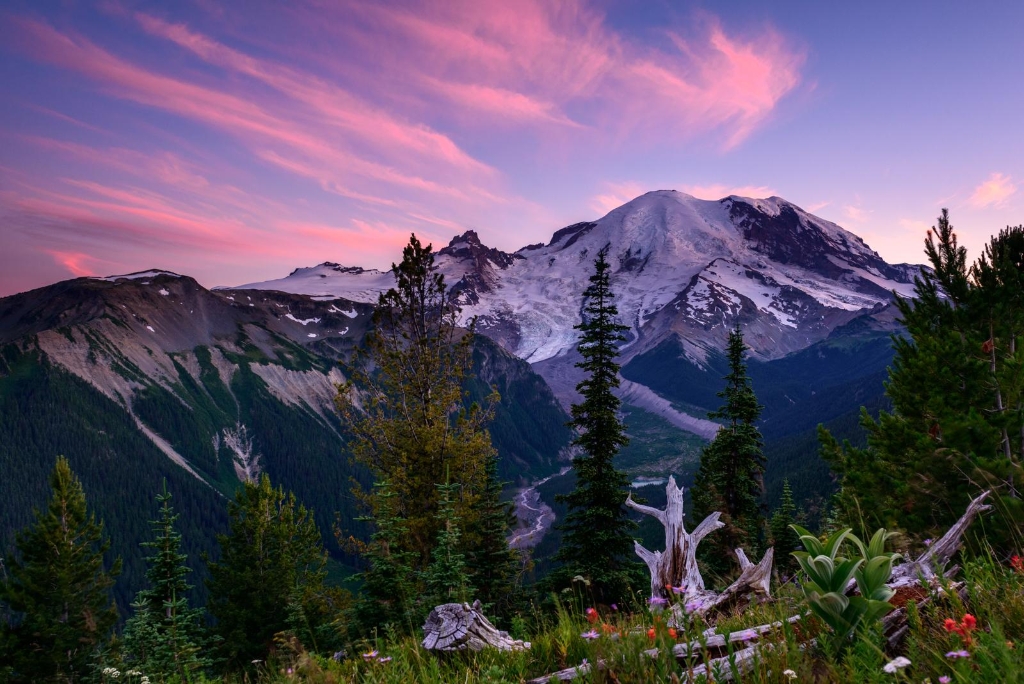
Mount Rainier
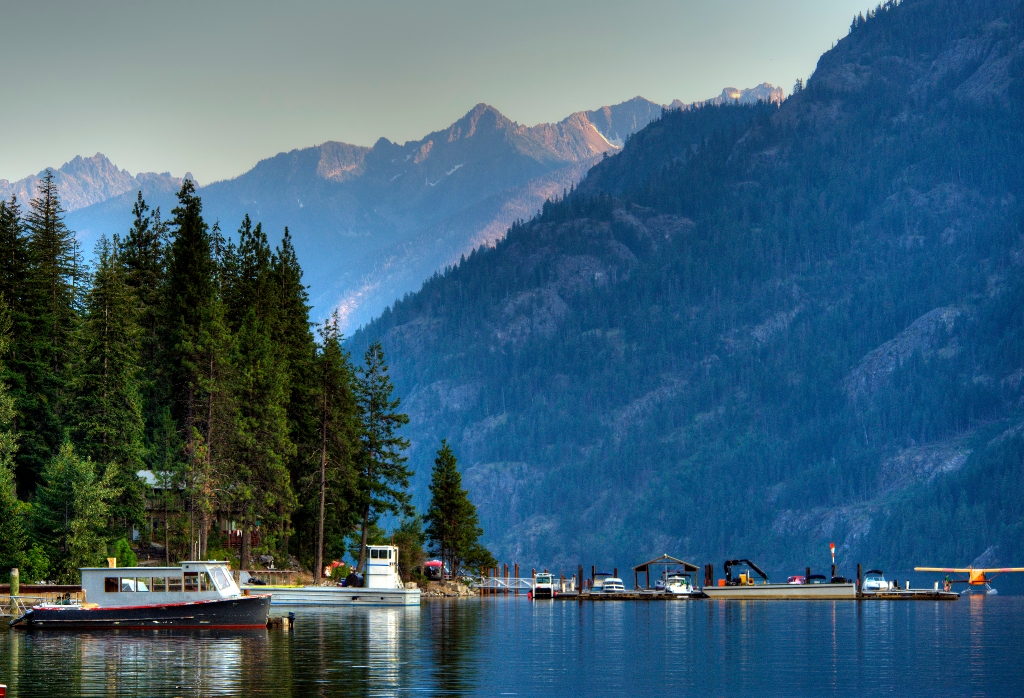
North Cascades

Olympic
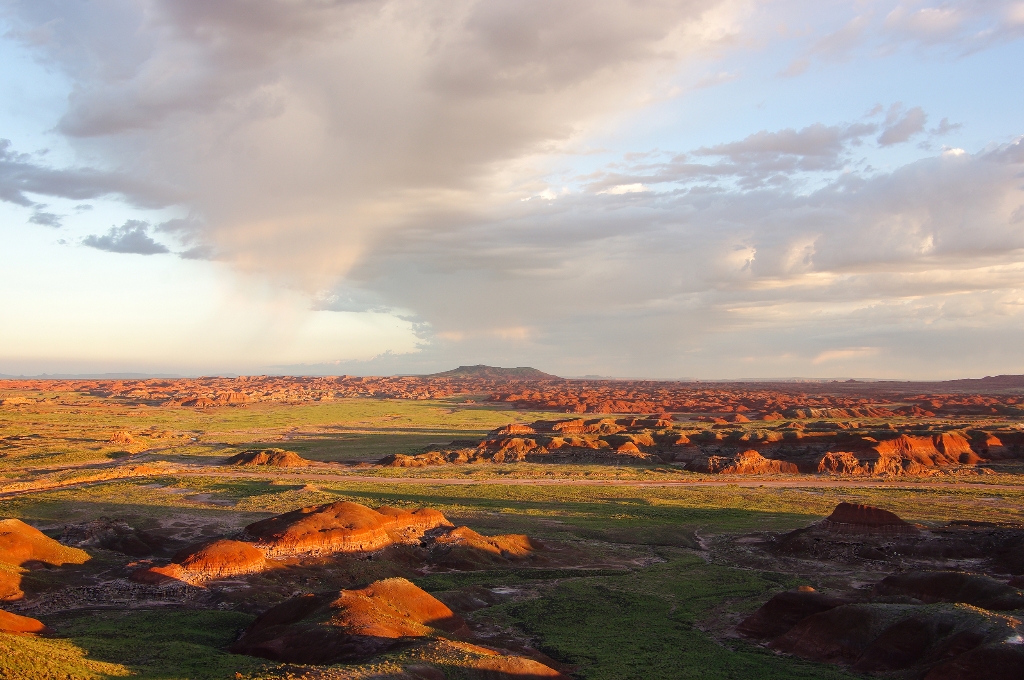
Petrified Forest
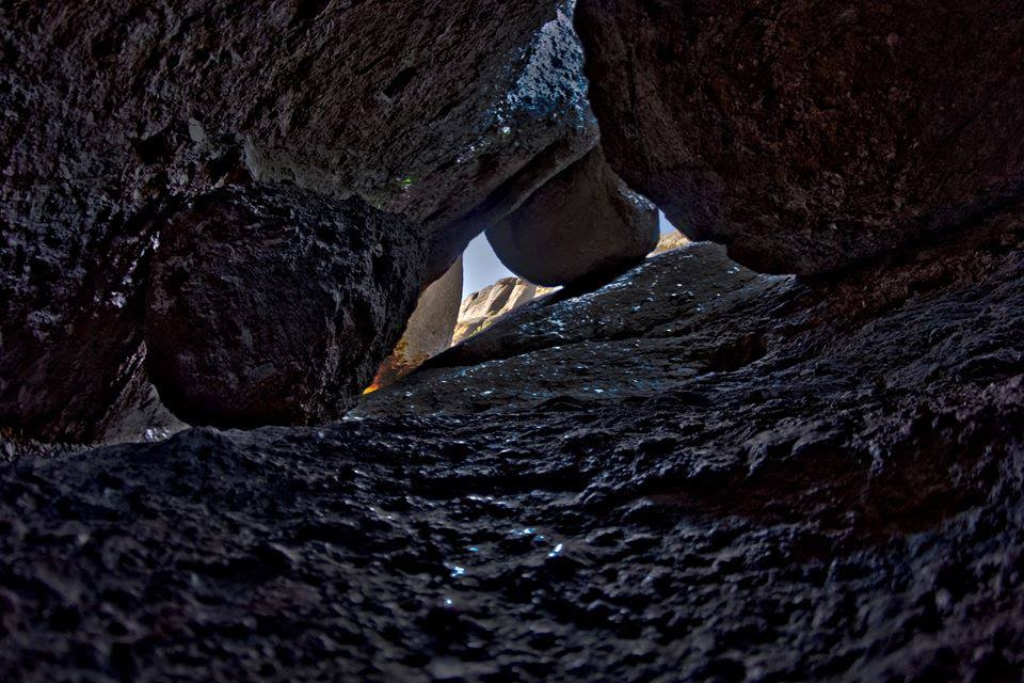
Pinnacles
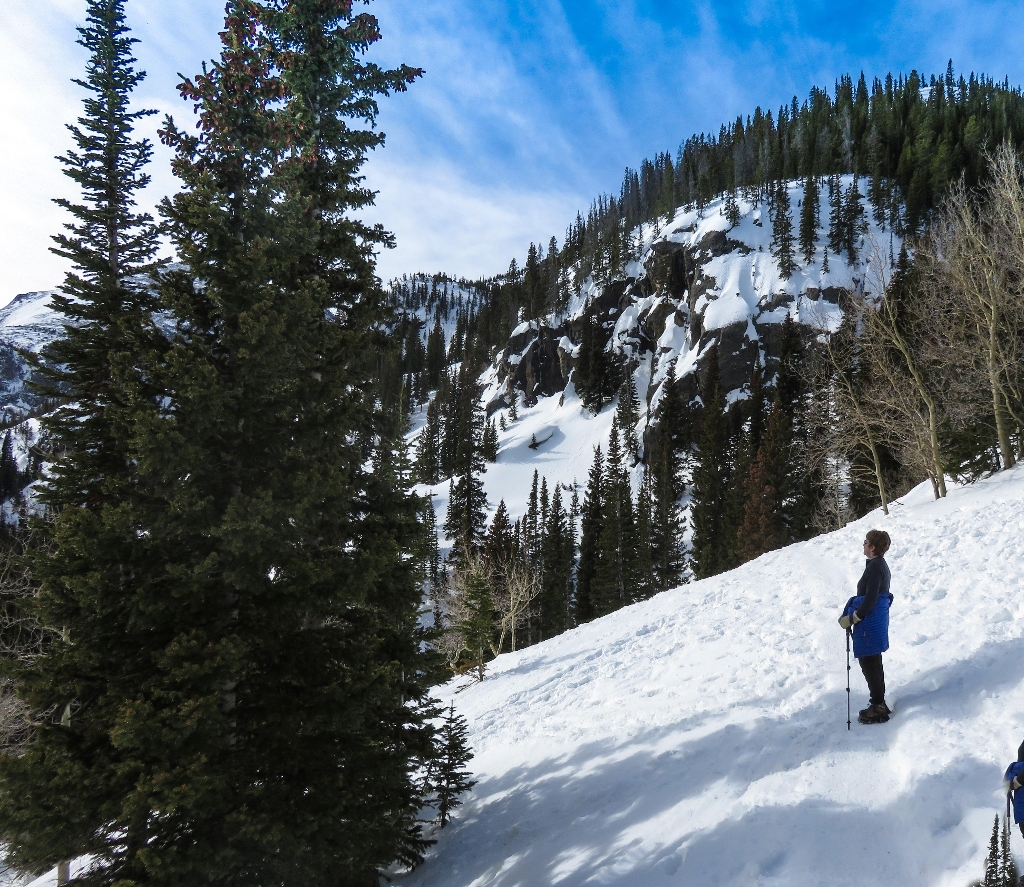
Rocky Mountain
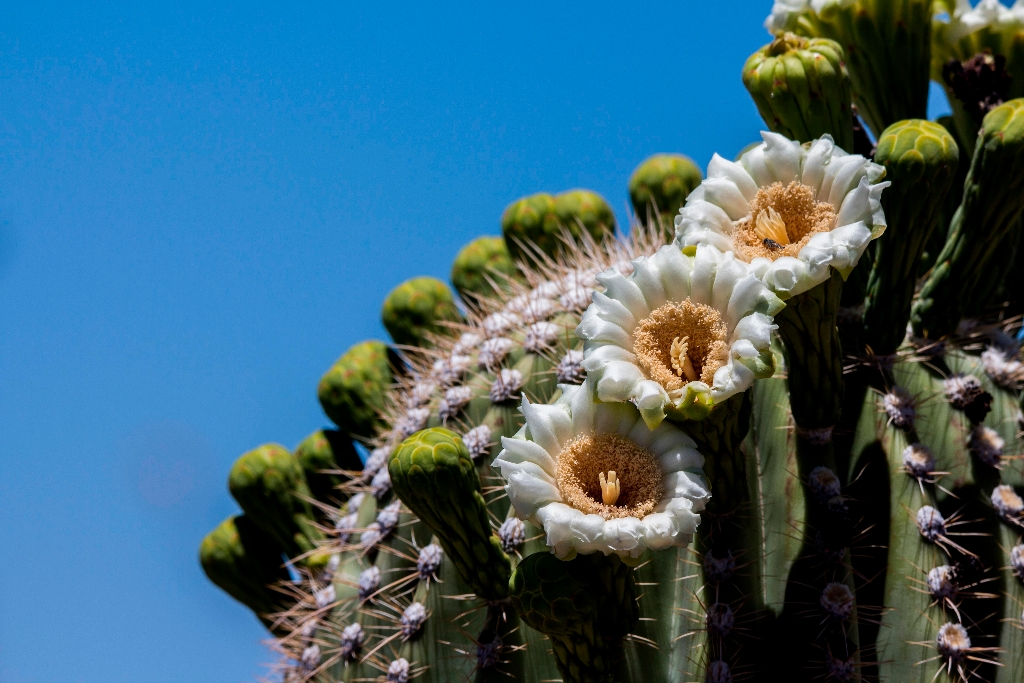
Saguaro
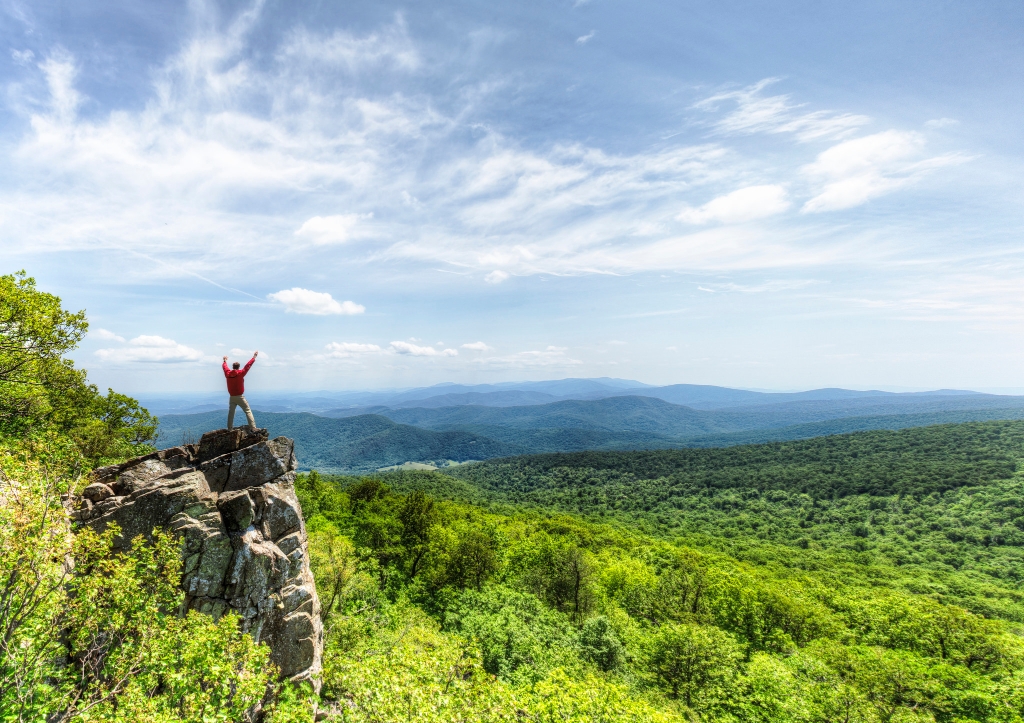
Shenandoah
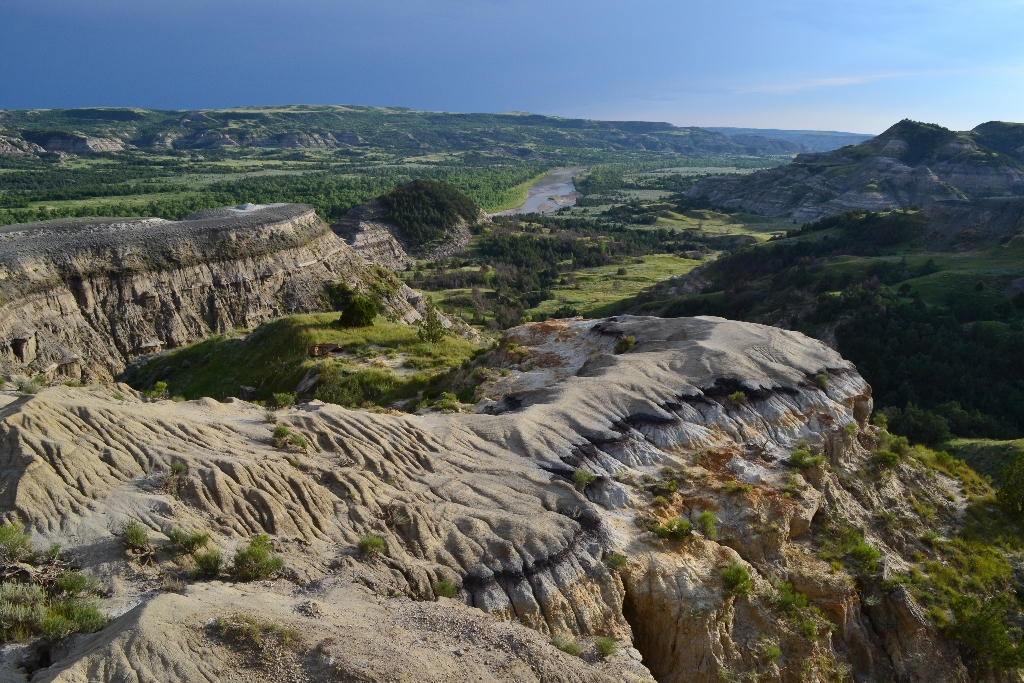
Theodore Roosevelt
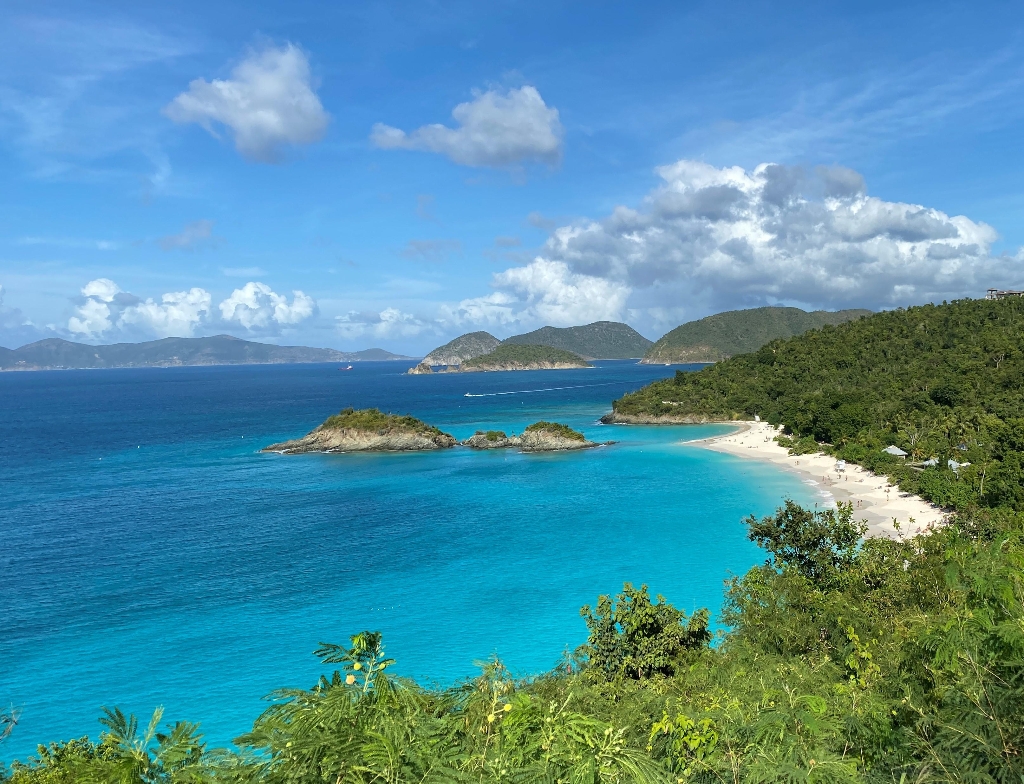
Virgin Islands
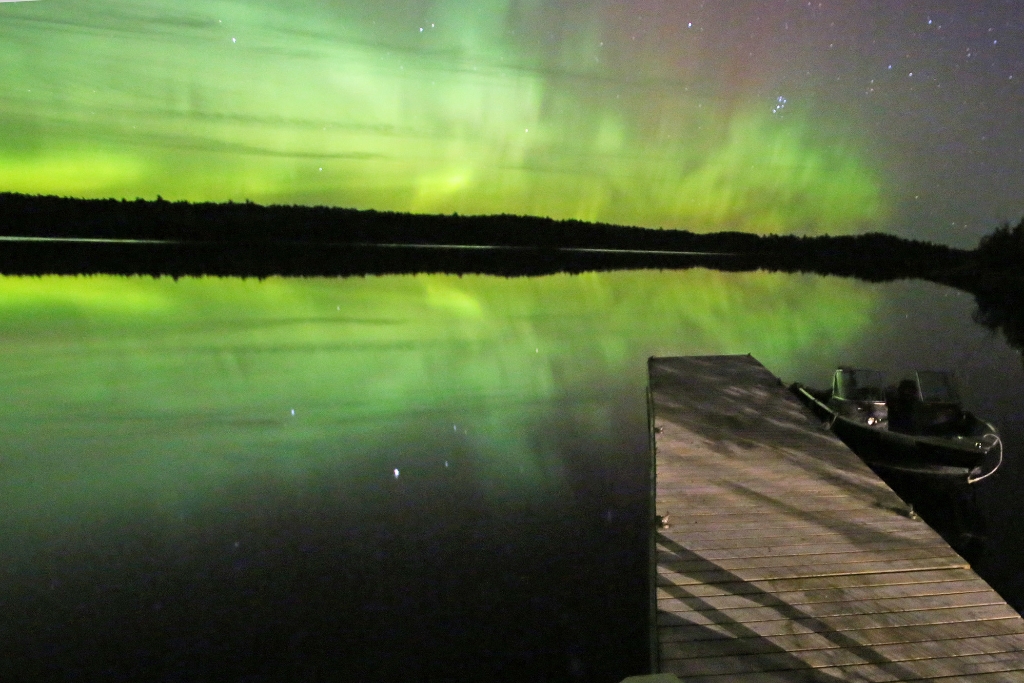
Voyageurs
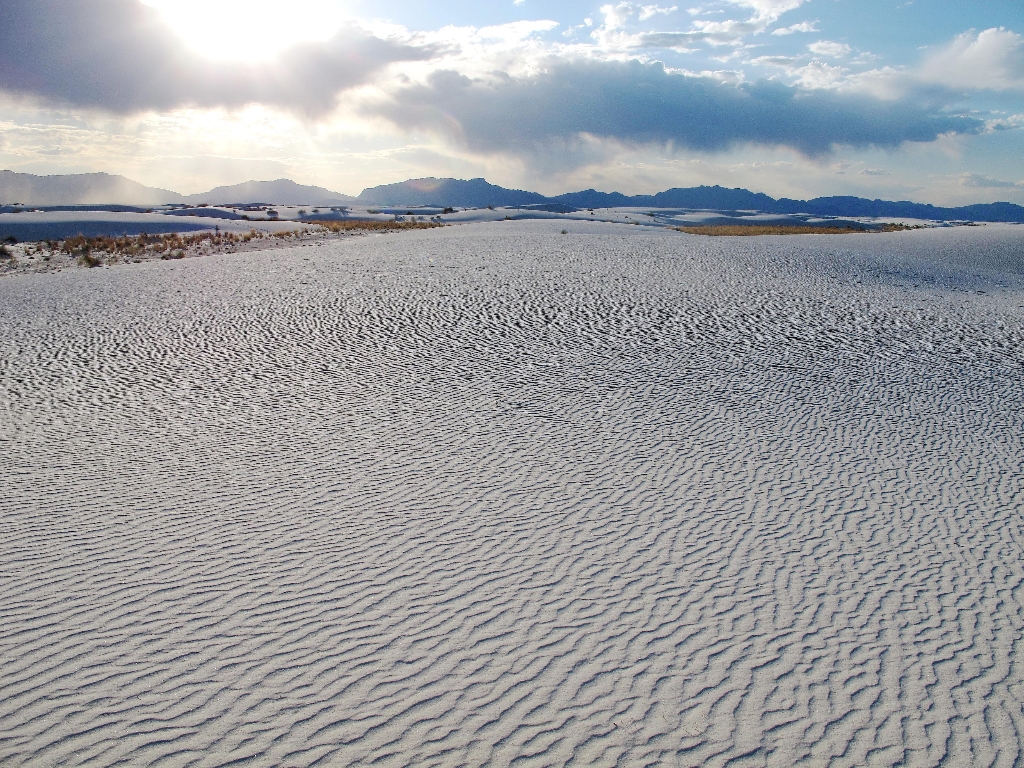
White Sands
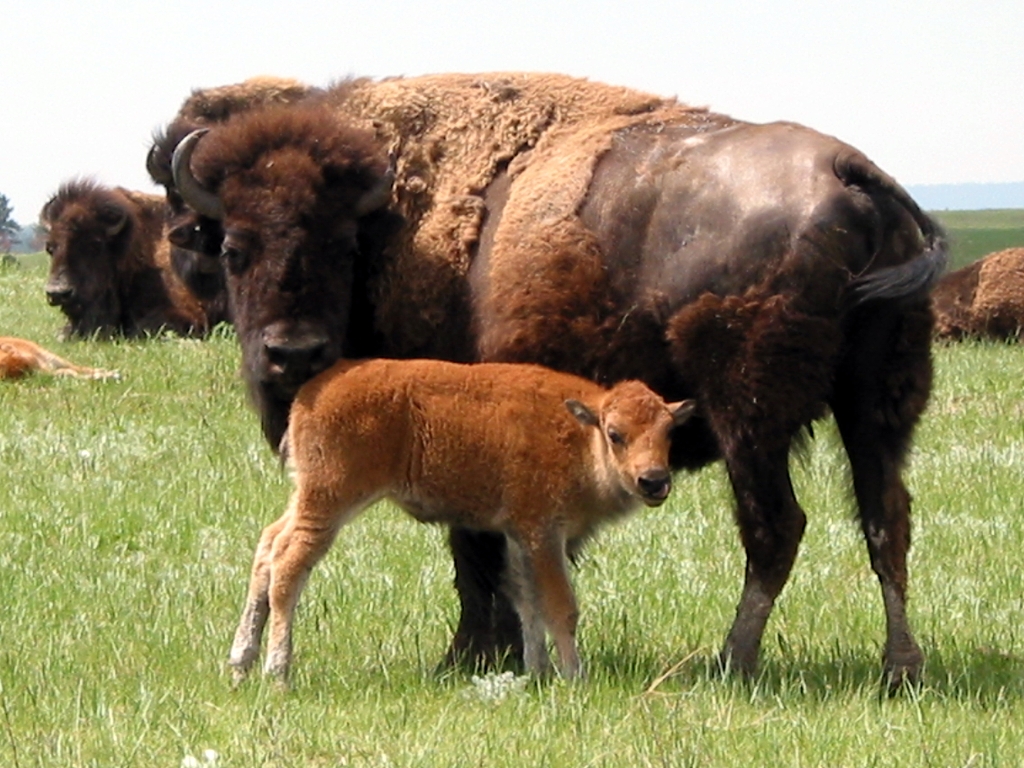
Wind Cave
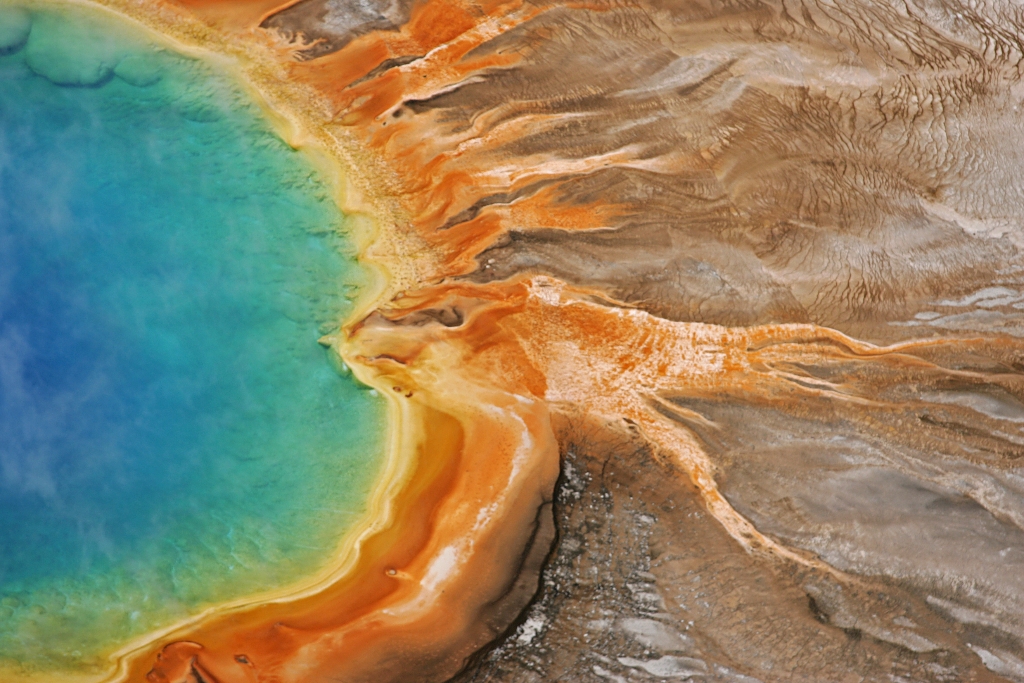
Yellowstone
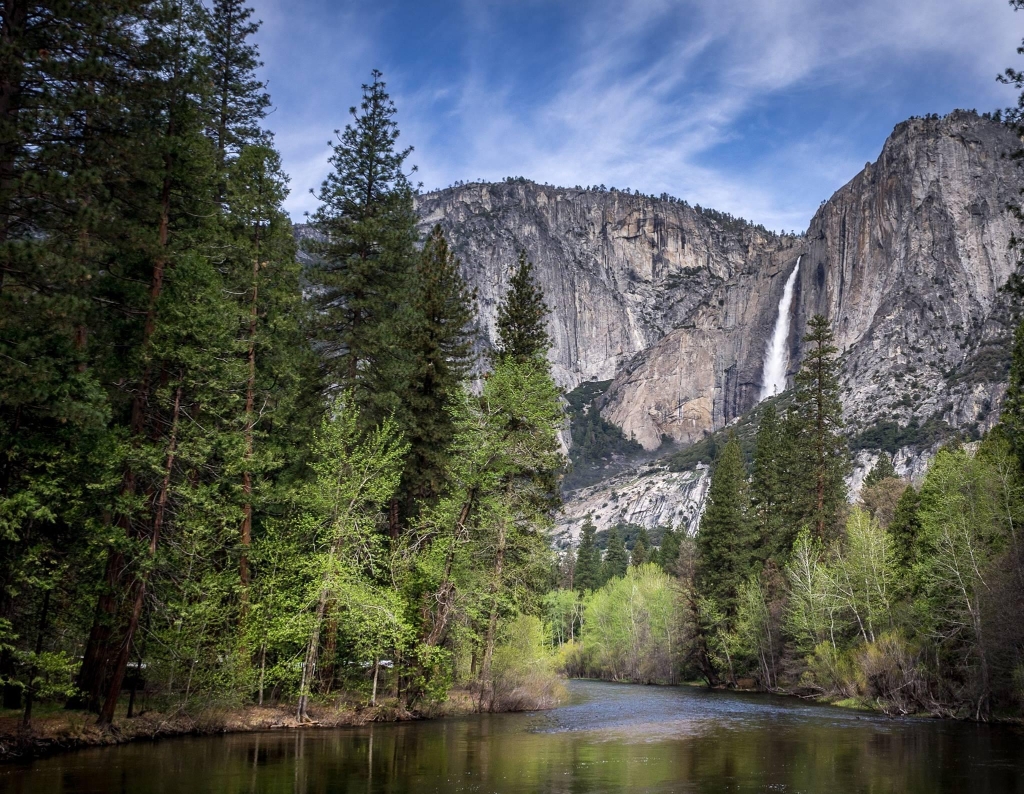
Yosemite

Zion